Content Creator
In Traditional Chinese Medicine, TCM for short, it is Yin and Yang, in Ayurveda there are the three doshas. Sometimes one outweighs the other and vice versa. Although the philosophy of the two health systems may sound very different at first glance, they have some things in common.
Both teachings hold the view that body and mind form a unity. One cannot exist without the other. The two concepts also have many overlaps in nutritional science.
For example, both TCM and Ayurveda say that warm food is better for us than cold food. This is especially true for the first half of the day, and thus especially for breakfast.
Find out here what the differences between the two teachings TCM and Ayurveda are and what they have in common:
This is what TCM and Ayurveda are all about
While Traditional Chinese Medicine (TCM), as the name suggests, originated in China, Ayurveda has its origin in India. Both concepts are several thousand years old.
What connects the two is the holistic approach to physical and mental health. Body and mind are seen as one.
TCM – the teaching of Qi
The TCM teaching is based on the idea that life energy, the Qi, flows through the body. This energy moves along so-called meridians. This is a network of energy paths that extends over our entire body. As soon as the energy cannot flow freely, the blockages become noticeable through illnesses.
Through the use of various TCM methods, these blockages are removed so that the energy can flow freely again. Acupuncture, body and breathing exercises (Qigong), massages and TCM nutrition are among the methods used.
Ayurveda – the balance of the doshas
In Ayurveda one speaks of the three life energies (= doshas) Vata, Pitta and Kapha. They are composed of the five elements earth, water, fire, air and ether and are responsible for our bodily functions. One or two doshas usually dominate and thus determine our type of constitution.
If there is an imbalance of the energies of life, everyday complaints and diseases arise. In order to bring the doshas into balance, methods such as massages, cleansing techniques, yoga, herbal medicine and Ayurvedic nutrition are used.
Nutrition according to TCM and Ayurveda – this is how it works!

As different as the two systems may appear at first glance, when it comes to nutrition, they are quite similar. Nutritional science of both concepts is not about calories and nutritional value tables, but about finding the right foods for each nutrition type.
In TCM, nutrition works according to the 5-elements-teaching. In Ayurveda, on the other hand, one follows the form of the doshas. In both teachings, a different diet is recommended depending on the constitution.
This type of individual diet can easily be overstraining at the beginning. Therefore, you need some patience and practice to learn to interpret the signals of your own body and environmental influences correctly.
Fortunately, in addition to the type-appropriate diet, there are also basic principles that apply to all types. This makes it much easier to get started with TCM or Ayurveda nutrition.
The following three basic principles can be found in both Far Eastern nutritional concepts:
- Eat regional and seasonal
- Better eat warm meals than cold ones
- Combine all flavours
Eat regional and seasonal
Nutrition according to Ayurveda or TCM is done not only in the countries of origin India and China, but all over the world. Wherever one is, it is important to choose seasonal and regional foods.
Both philosophies say that food that grows in our immediate environment has a healing effect on us. Therefore, it makes sense that we rather enjoy stews with potatoes and root vegetables in winter and crisp salads with fresh cucumbers and tomatoes in summer.
Better have warm meals than cold ones
In which both teachings are in absolute agreement: Warm meals are simply better for us. Warm food is already at body temperature and therefore more digestible. Enjoying meals at body temperature supports the Ayurvedic digestive fire Agni as well as the Qi in TCM.
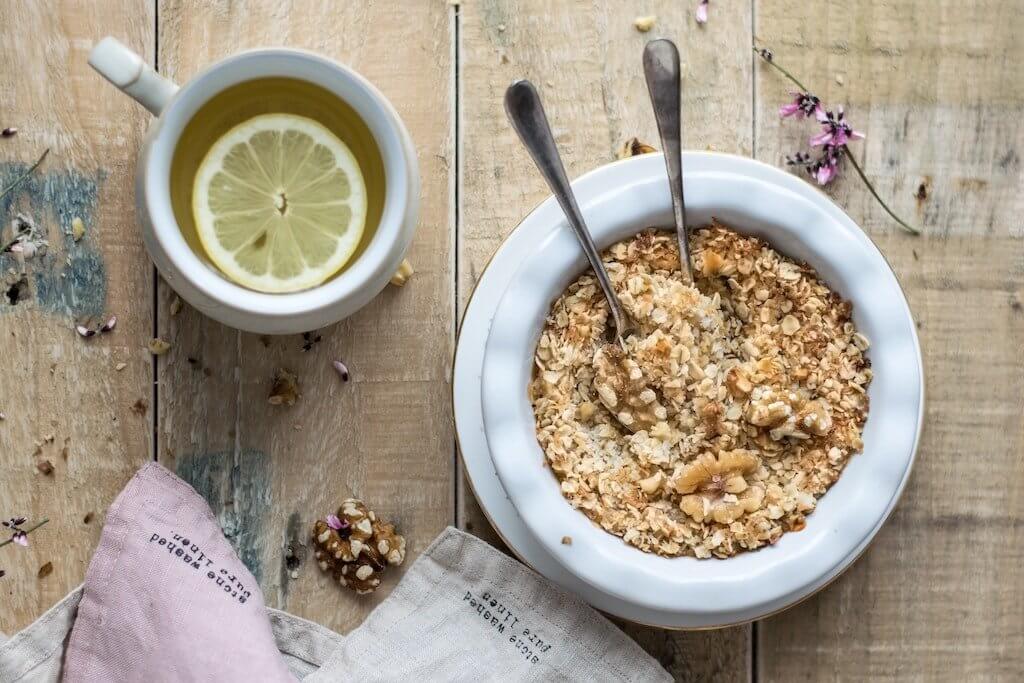
In TCM, especially the warm breakfast plays an important role. According to traditional medicine from China, each organ is active at a certain time. In the case of the stomach, for example, this time is between 7 and 9 o’clock in the morning. Hence the saying: breakfast like an emperor, eat lunch like a burgher and eat dinner like a beggar.
In order for you to start the day in the best possible way, we have developed three porridges according to the TCM philosophy, which are also wonderfully compatible with Ayurvedic nutrition. For example, the classic Ayurvedic spices turmeric and cardamom give our Coconut-Orange Rice Porridge its delicious taste.
Combine all flavours
The combination of flavours is also a common feature of the two traditional medical systems Ayurveda and TCM.
According to both teachings, all tastes should be included in every meal. In TCM these are sweet, sour, bitter, pungent and salty. In Ayurveda, on the other hand, there is also a bitter taste, which is often referred to as astringent. If all these flavours are found in one meal, the well-known craving for sweets after a meal does not occur.
In order to unite all flavours in one meal, spices play an essential role, especially in Ayurveda.
Take our Sour Cherry-Cocoa Oat Porridge from the TCM series as an example. A glance at the ingredients shows that this breakfast combines all flavours:
- Sweet: According to TCM and Ayurveda grains in general are considered sweet. This taste is already covered by the superfood oats.
- Sour: The sour cherries provide the sour taste.
- Bitter: Cocoa powder provides the bitter note.
- Pungent: We use cinnamon as the pungent ingredient.
- Salty: A pinch of salt ensures that the taste is salty and also brings out the sweetness better.
- Astringent: By adding fresh fruit such as pomegranate seeds, apples or pears, you can give your breakfast the additional flavour from Ayurveda. Another option: Enjoy a cup of green or black tea with your porridge.
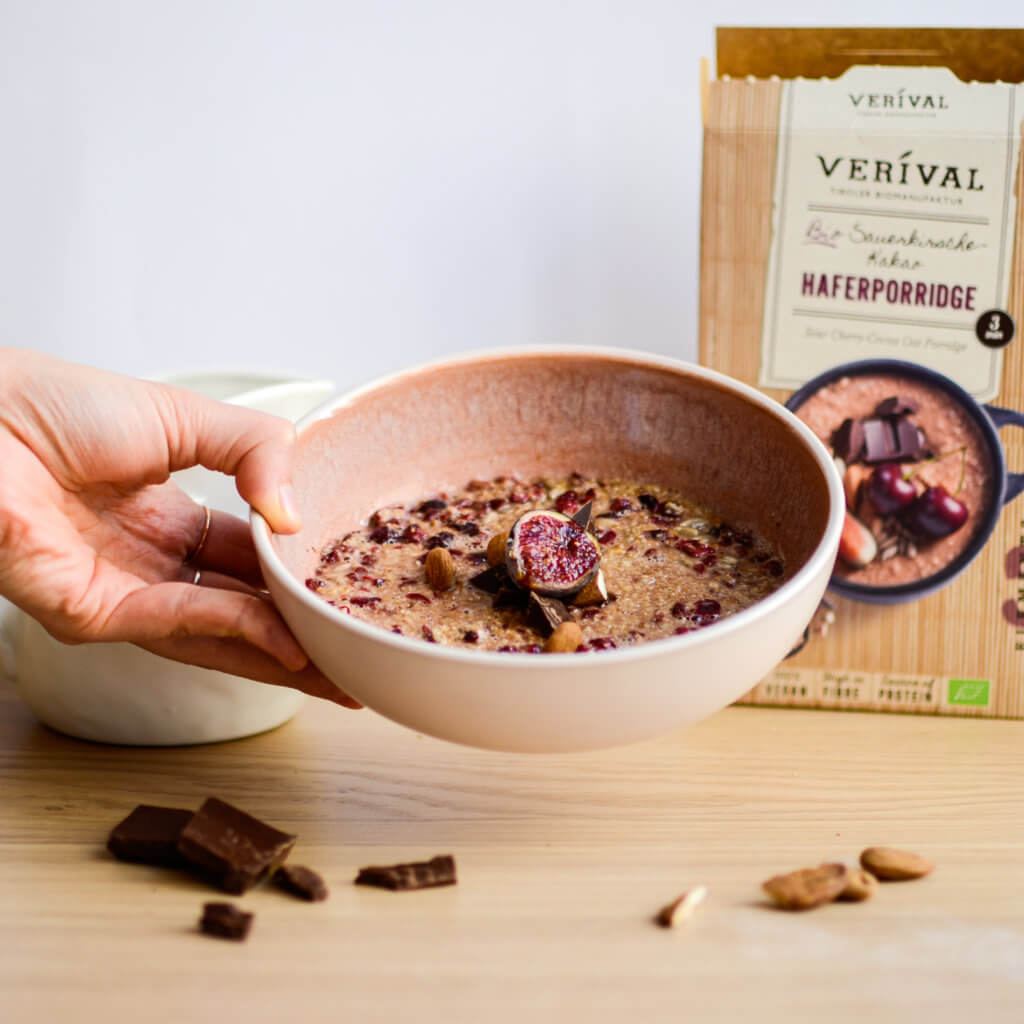
Recommended articles
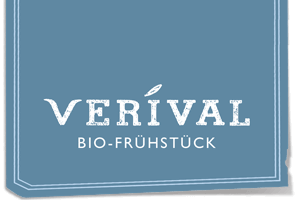





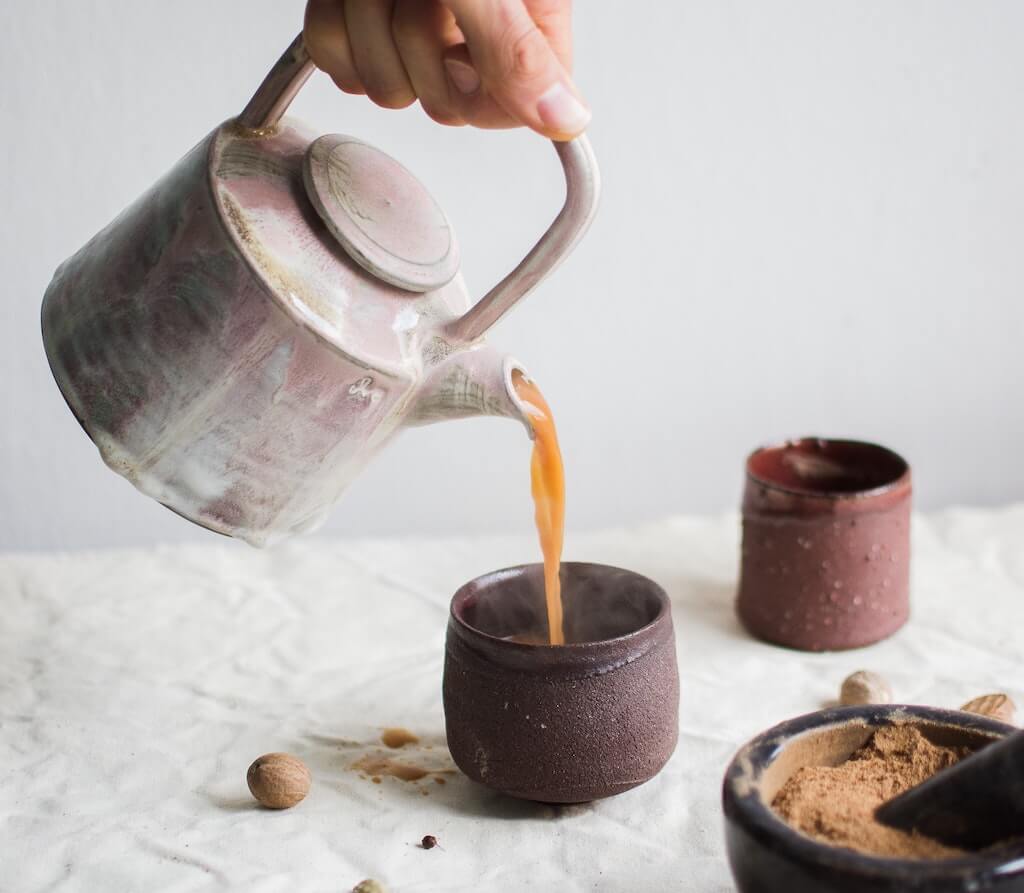
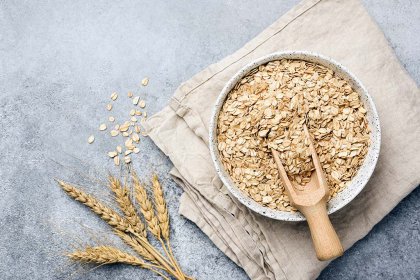
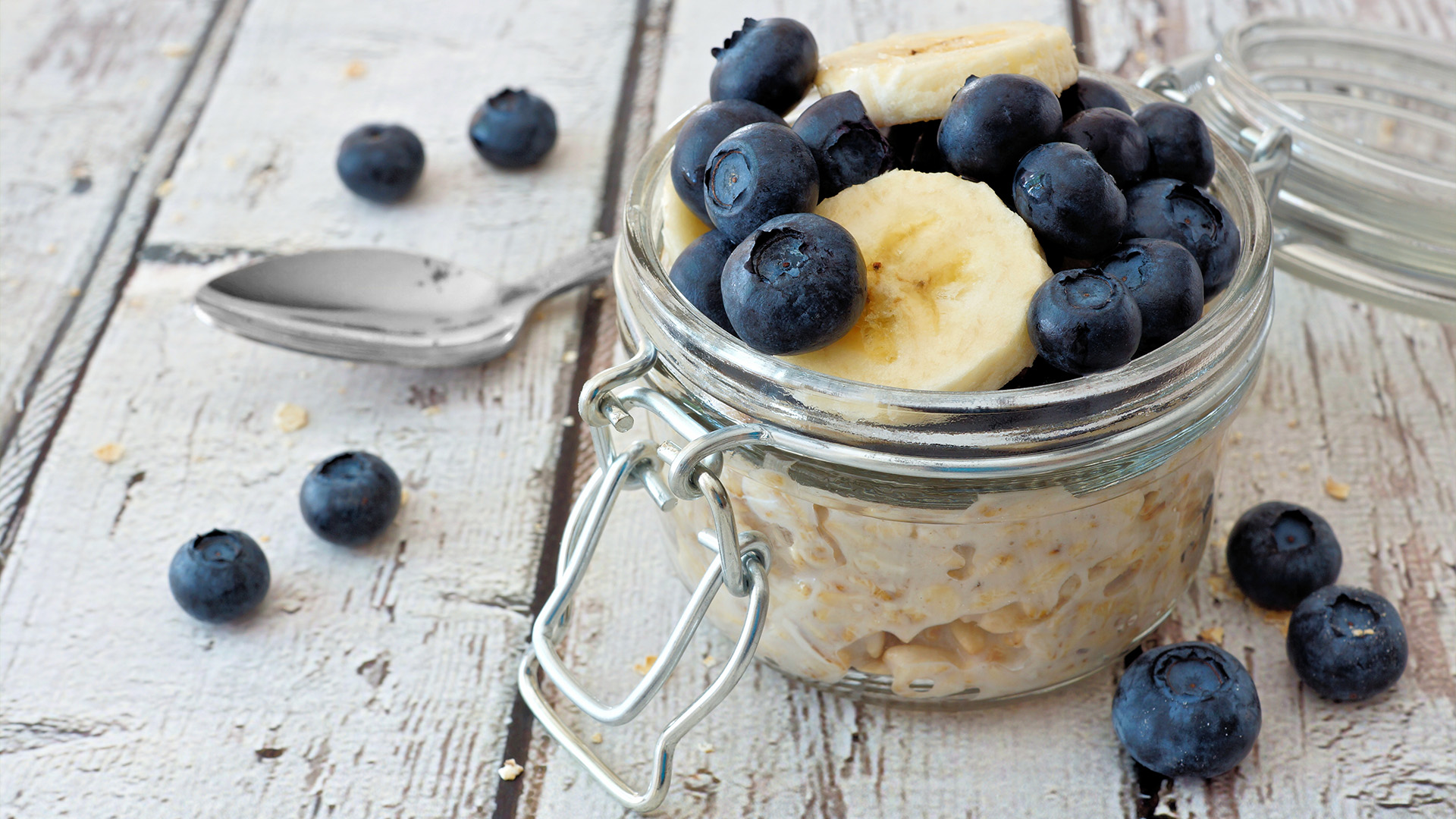



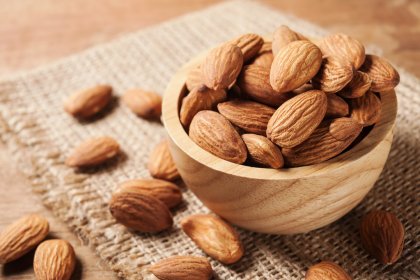



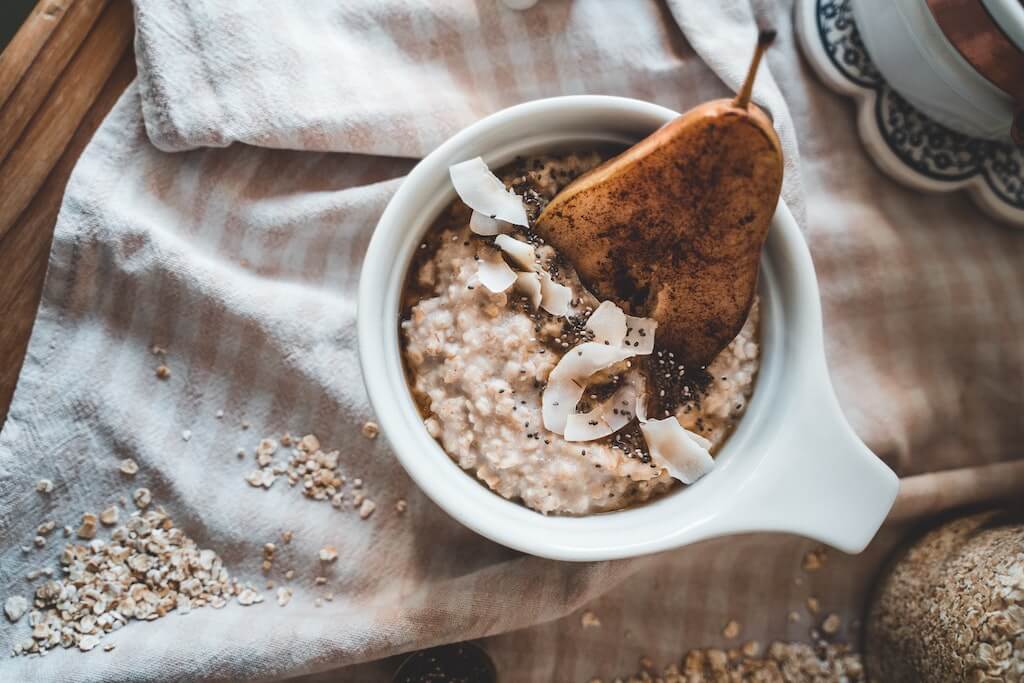
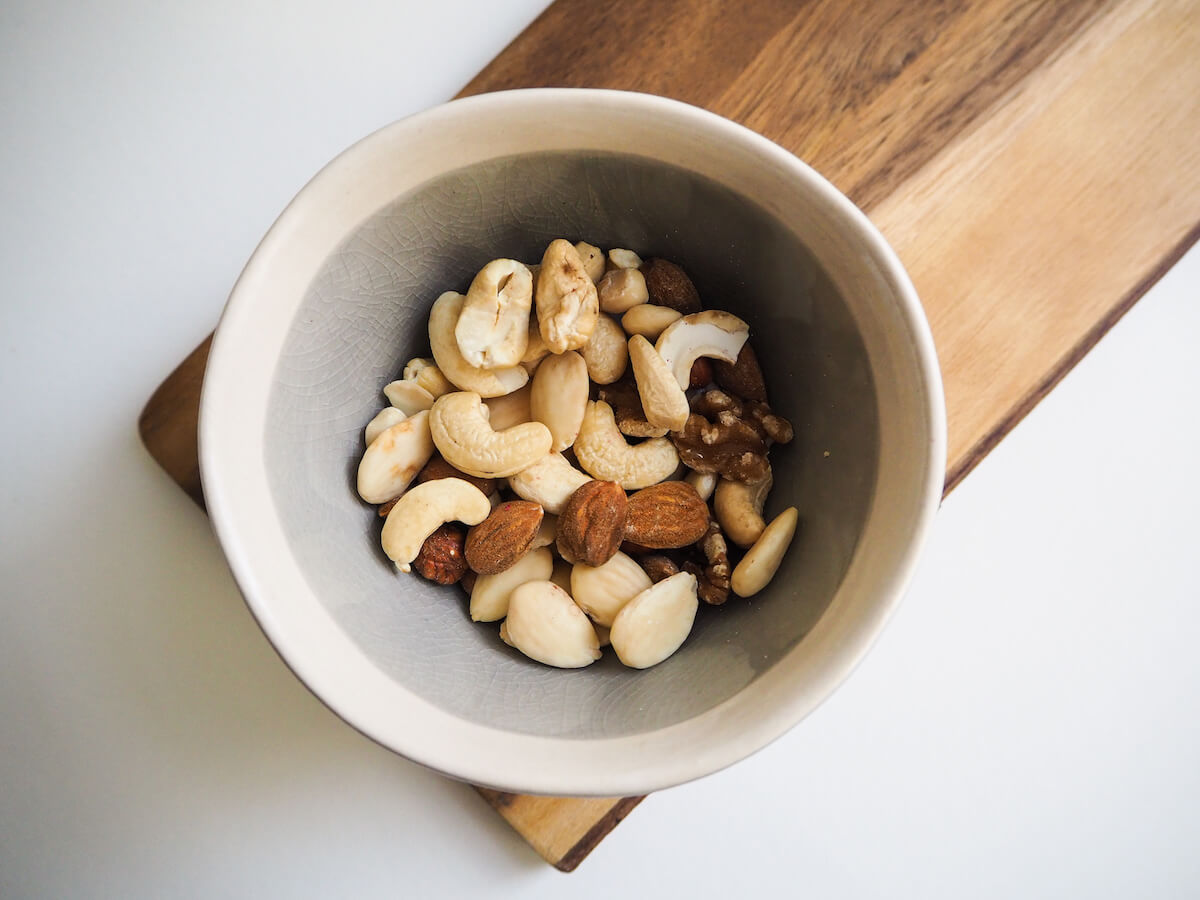

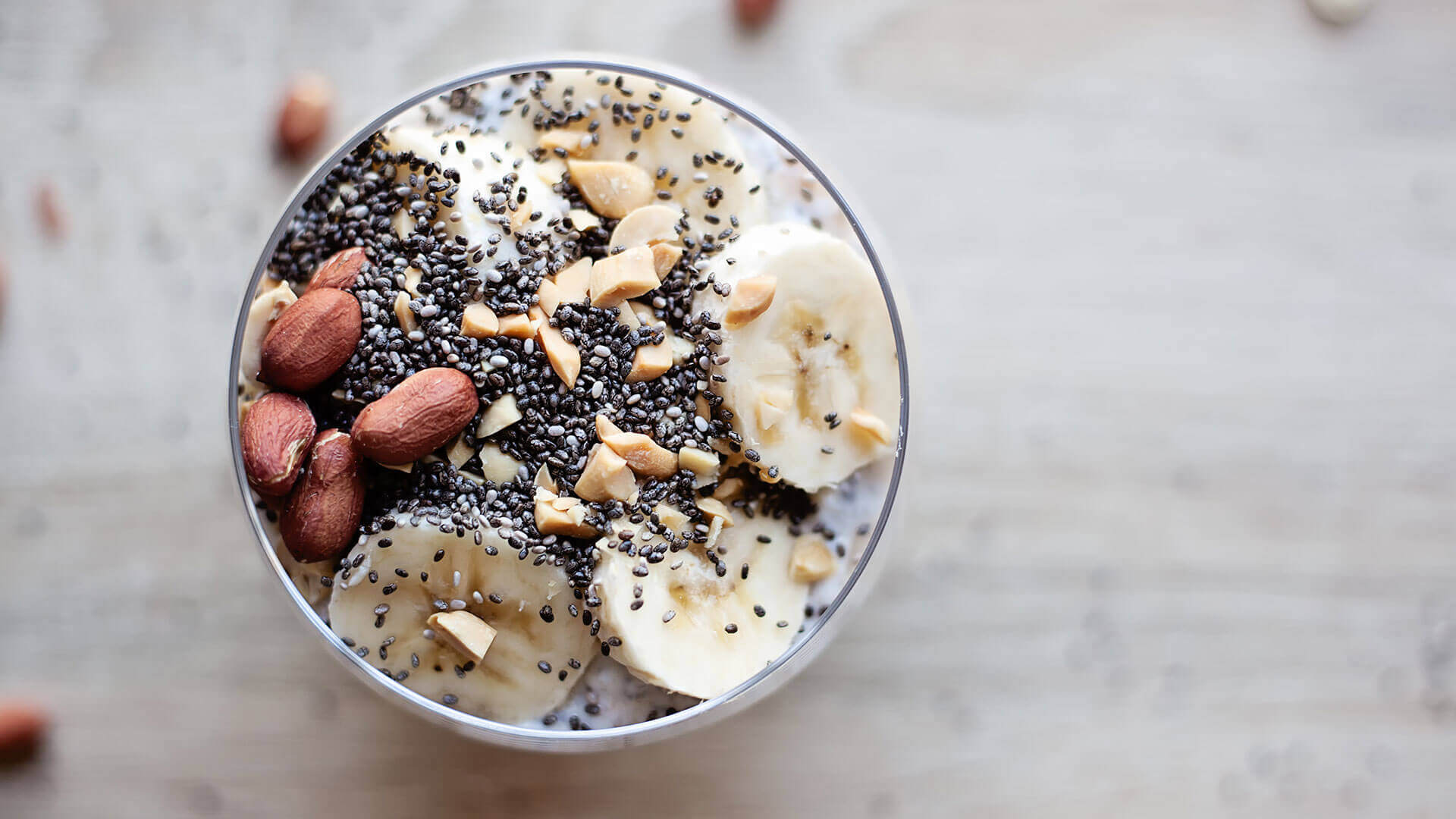

Do you like this post? Share it with friends: